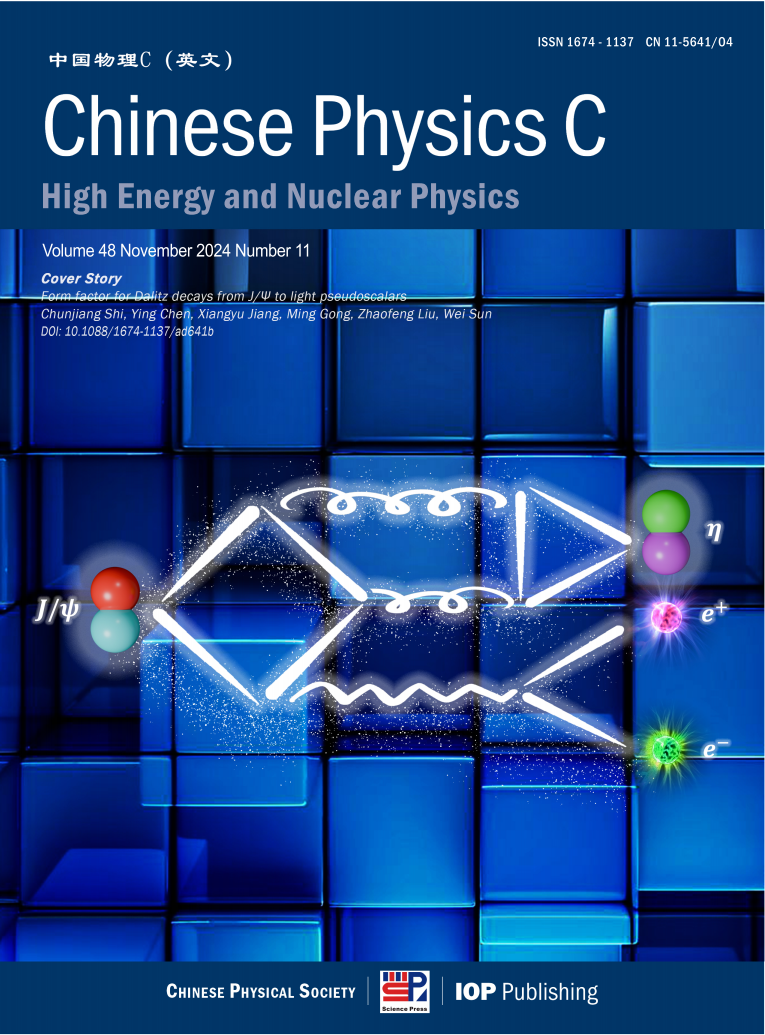Abstract:Gravitational waves (GWs) from compact binarycoalescences can be used as standard sirens to explore the cosmic expansionhistory. In the next decades, it is anticipated that we could obtain themulti-band GW standard siren data (from nanohertz to a few hundred hertz),which are expected to play an important role in cosmological parameterestimation. In this work, we provide, for the first time to the best of ourknowledge, joint constraints on cosmological parameters using the futuremulti-band GW standard siren observations. We simulate the multi-band GWstandard sirens based on the SKA-era pulsar timing array (PTA), Taijiobservatory, and Cosmic Explorer (CE) to perform cosmological analysis. In theΛCDM model, we find that the joint PTA+Taiji+CE data could provide a tightconstraint on the Hubble constant with a 0.5% precision.Moreover, PTA+Taiji+CE could break the cosmological parameter degeneraciesgenerated by CMB, especially in the dynamical dark energy models. Whencombining the PTA+Taiji+CE data with the CMB data, the constraint precisionsof Ωmand H0 are 1.0% and 0.3%, respectively,meeting the standard of precision cosmology. The joint CMB+PTA+Taiji+CE datagive σ(w)=0.028 inthe wCDM model and σ(w0)=0.11 and σ(wa)=0.32 in the w0waCDM model, whichare comparable with or close to the latest constraint results by CMB+BAO+SN. Inconclusion, the future multi-band GW observations are expected to be used forexploring the nature of dark energy and measuring the Hubble constant.
Key words: gravitationalwave, standard siren, multi-band observations, cosmological parameters, dark energy
Joint constraints on cosmological parameters using future multi-band gravitational wave standard siren observations (ihep.ac.cn)













